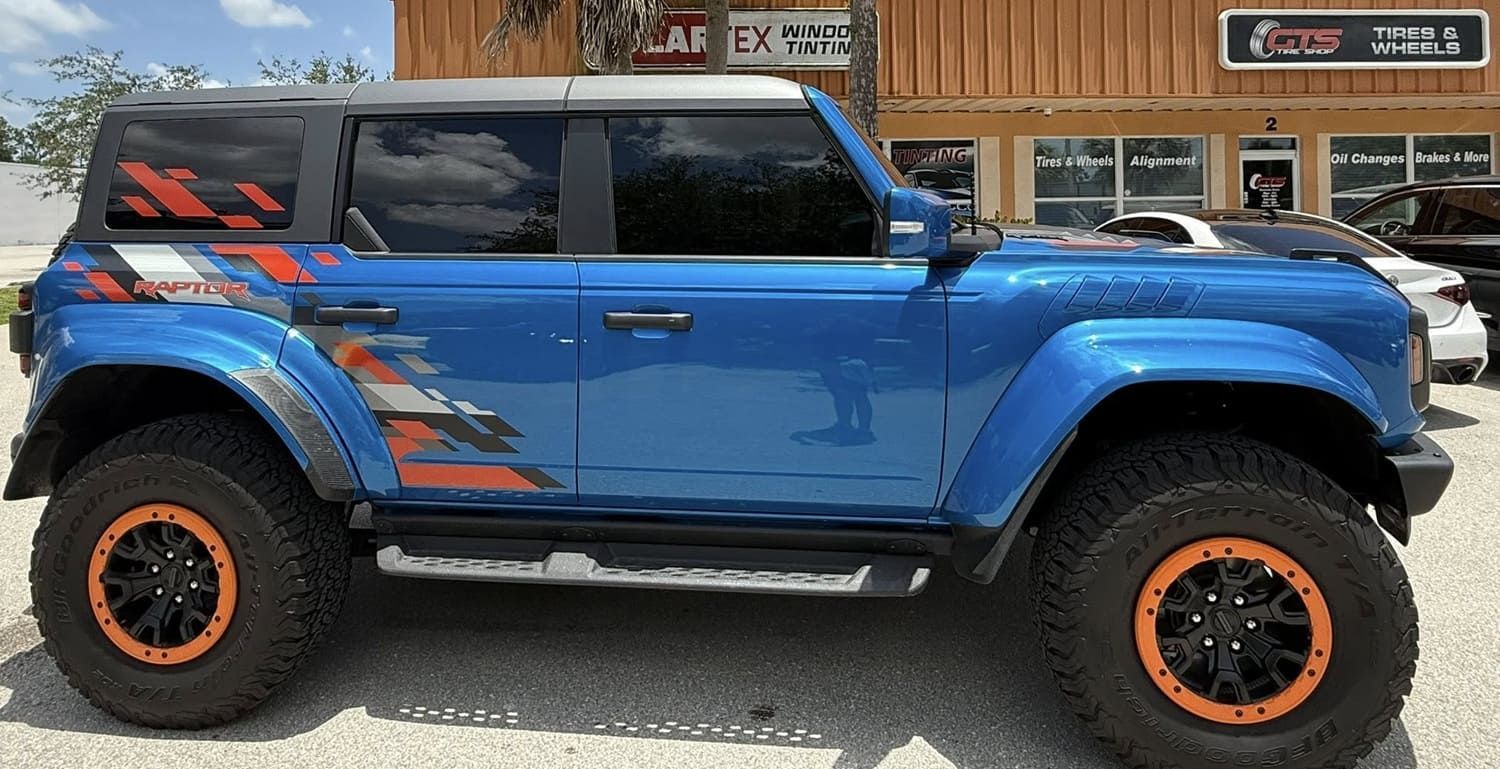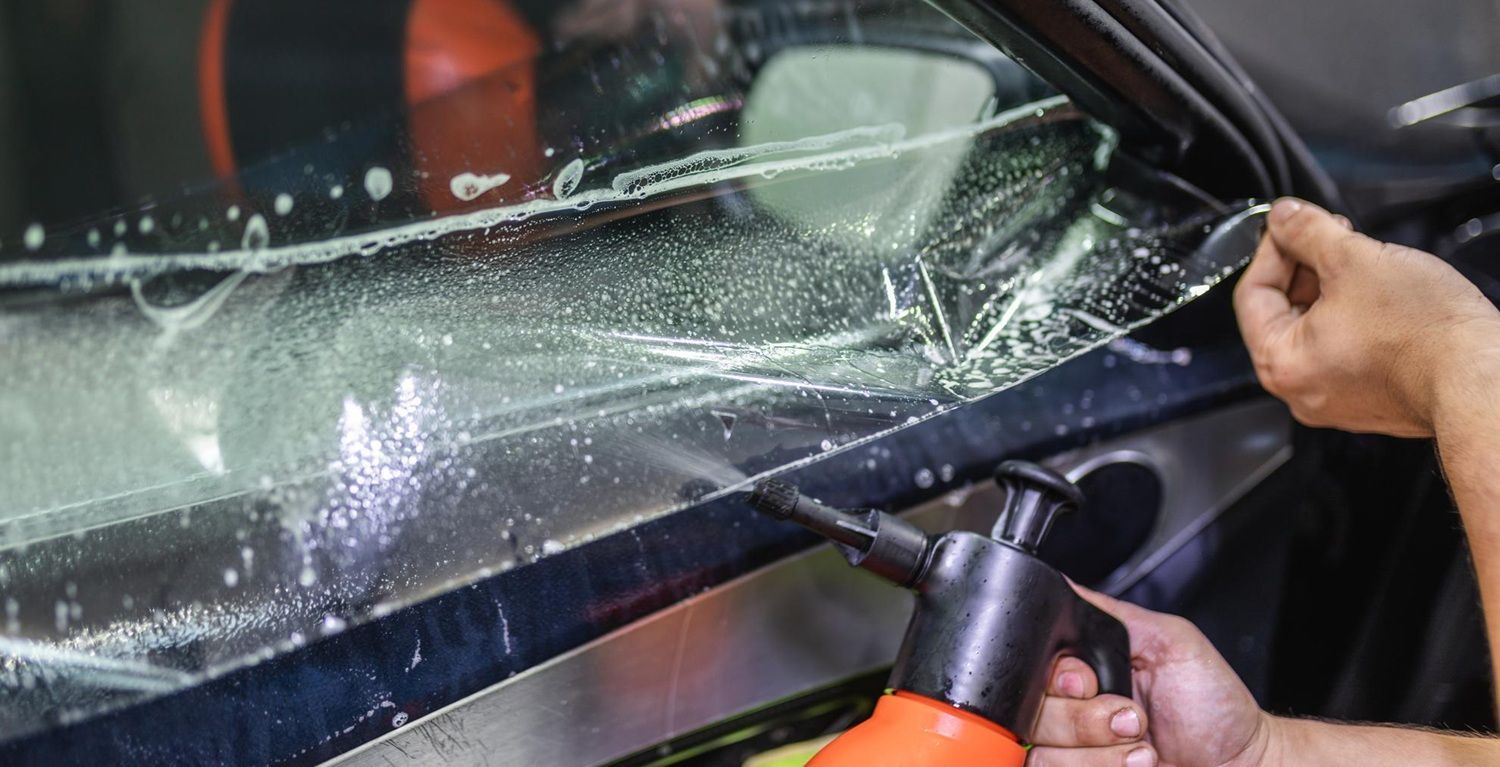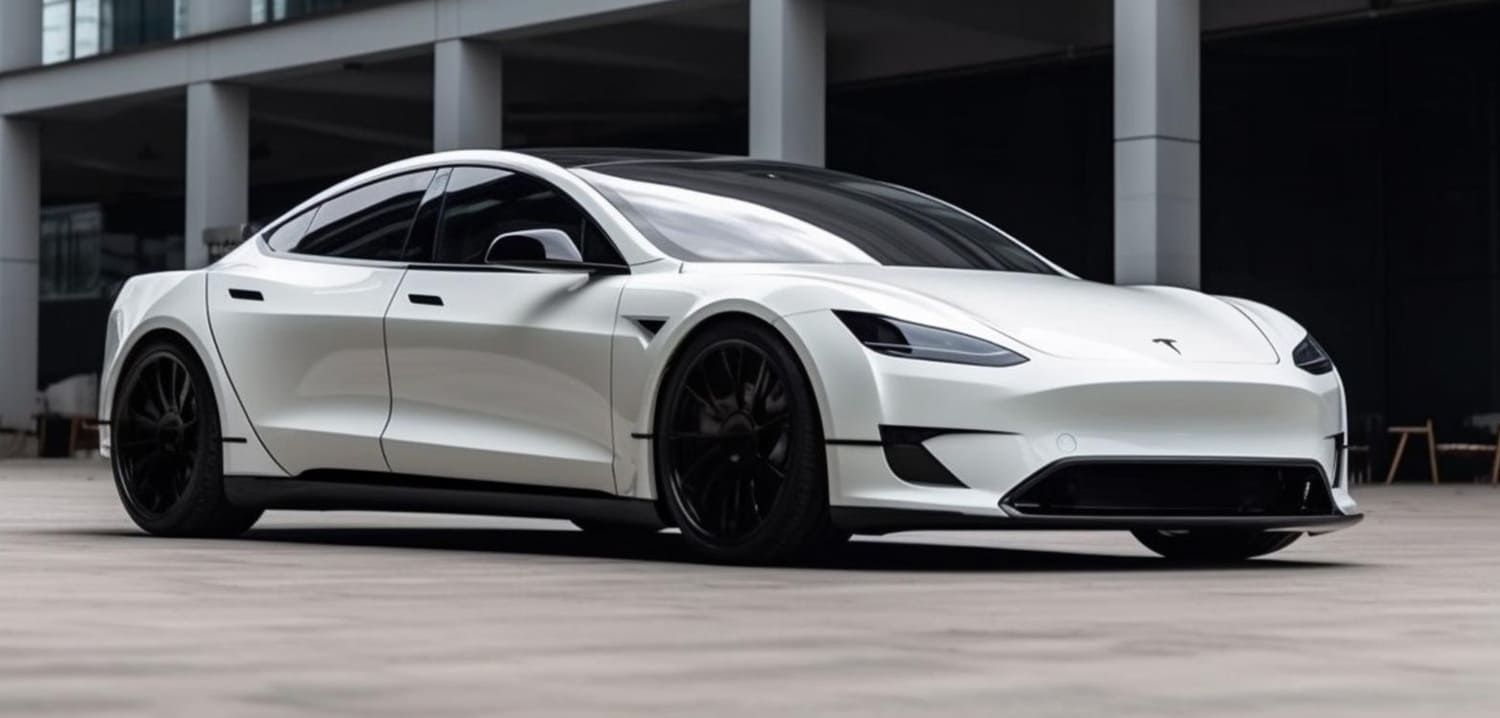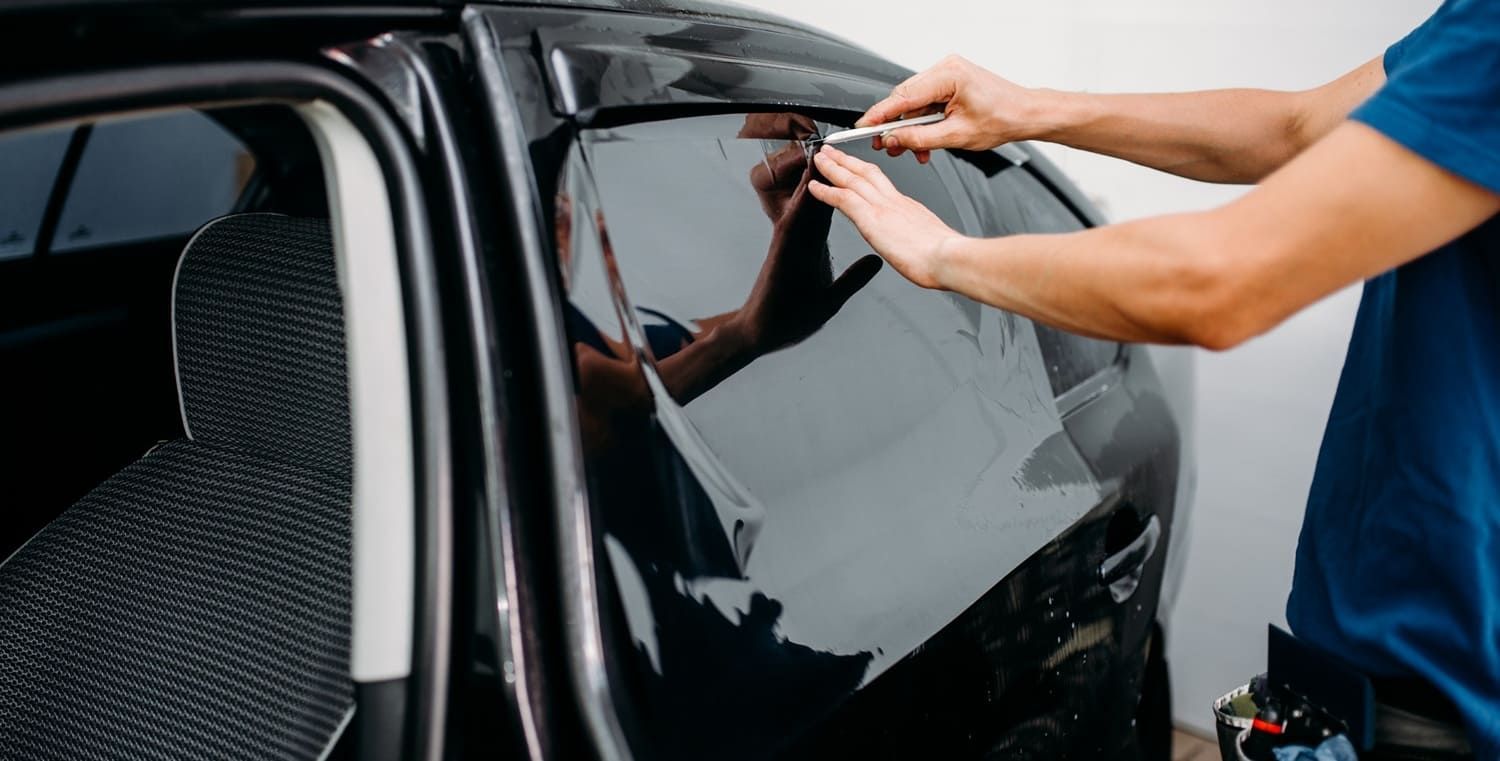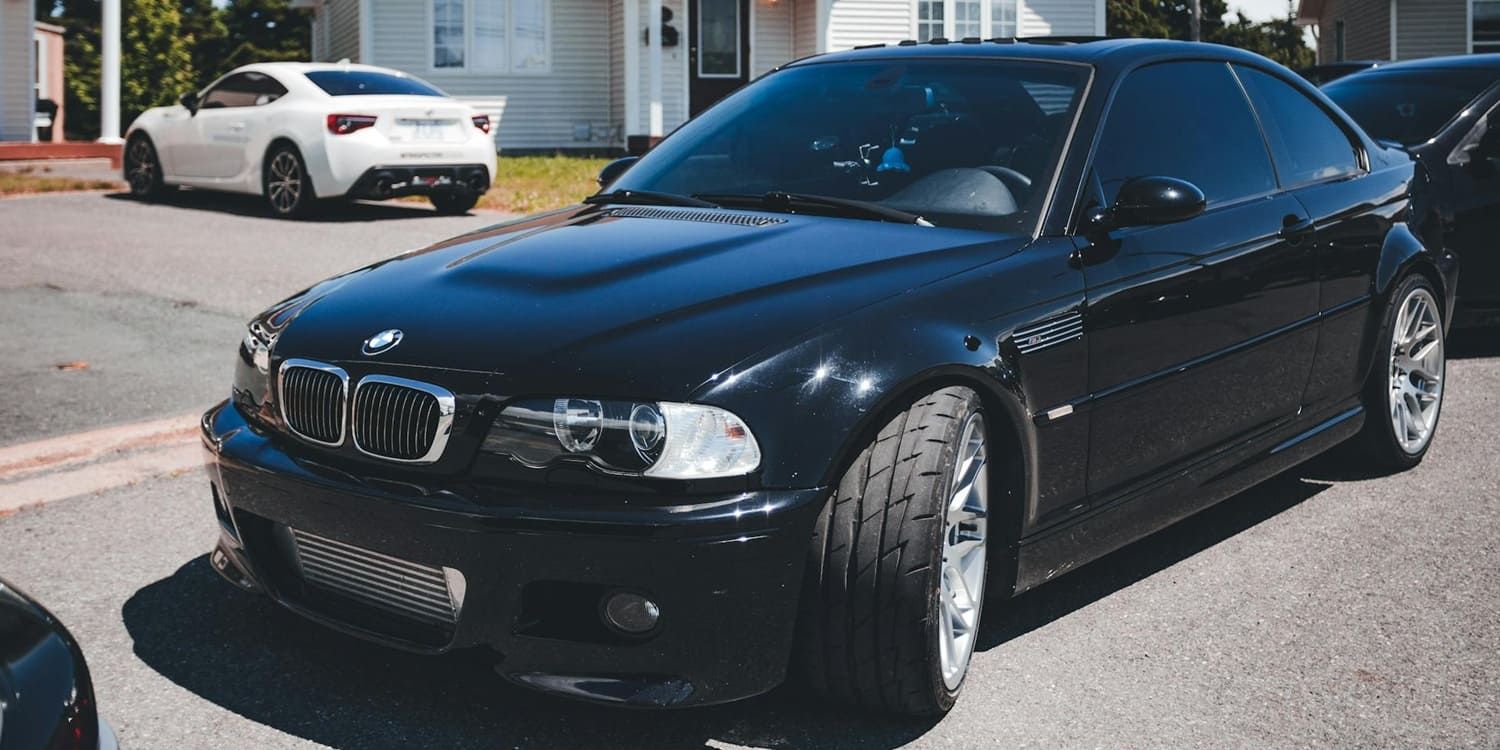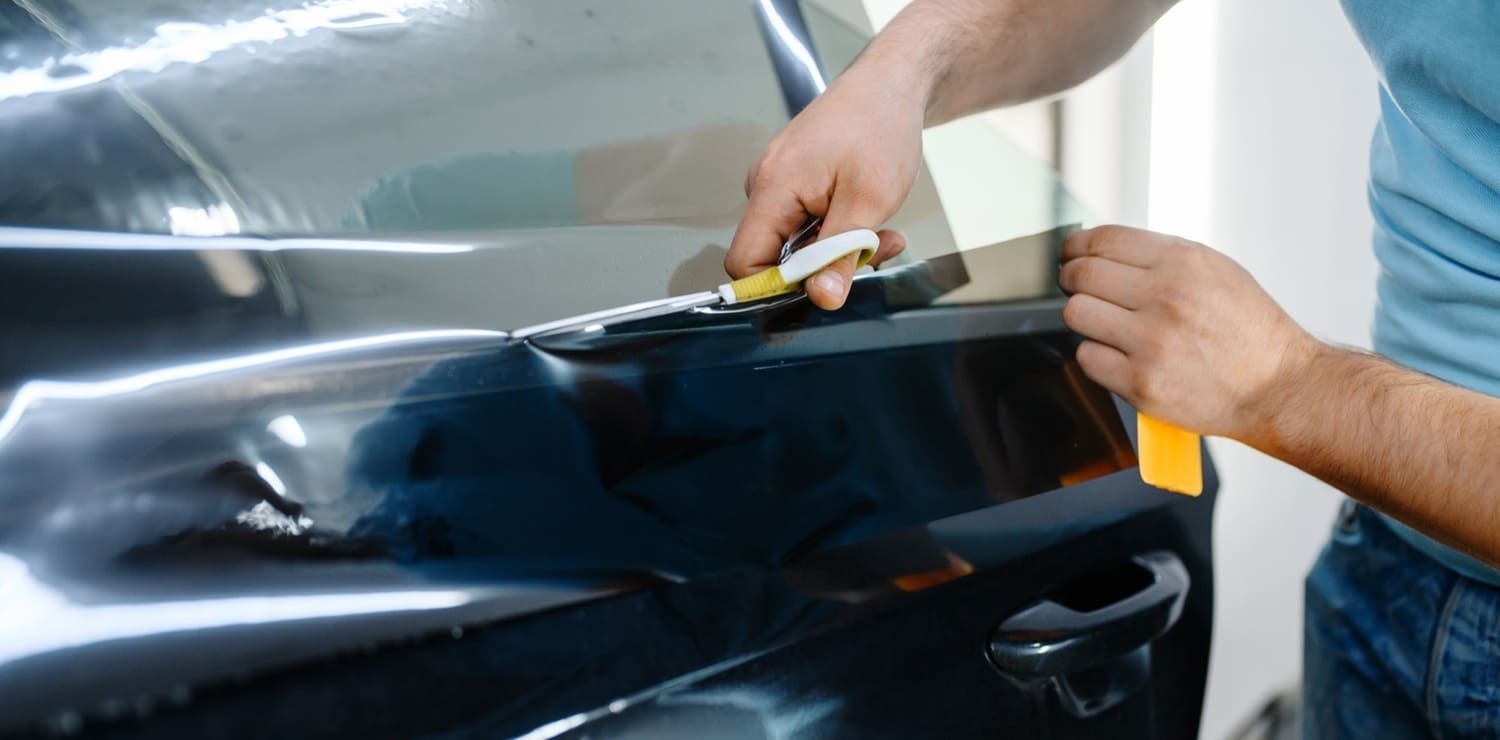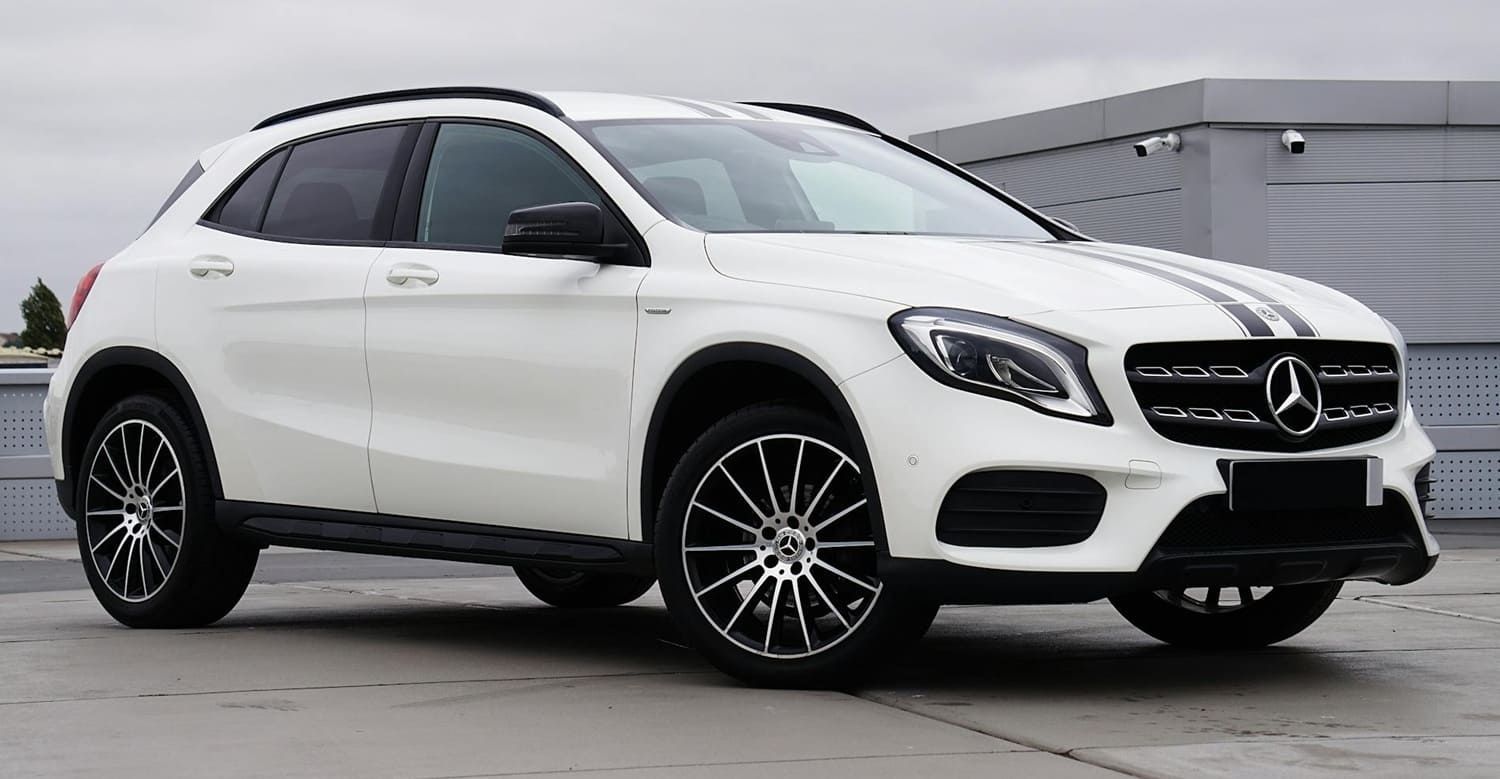Understanding Different Car Window Tint Darkness Levels
Car window tinting is more than just an aesthetic choice.
It serves multiple purposes, from enhancing privacy to protecting against harmful UV rays.
However, choosing the right tint darkness level for your vehicle can be a complex task.
It involves understanding tint percentages, considering legal restrictions, and balancing personal preferences.
In this guide, we delve into the world of car window tint darkness levels.
We aim to provide you with the knowledge needed to make an informed decision about auto window tinting.

What is Car Window Tint and Why Use It?
Car window tint is a thin film applied to the interior side of vehicle windows.
It serves several purposes, including enhancing privacy, reducing glare, and protecting the car's interior from UV damage.
Understanding Tint Percentages and Visible Light Transmission (VLT)
Tint percentages refer to the amount of light a tint allows to pass through.
For instance, a 50% tint allows 50% of the light to pass through, while a 5% tint only allows 5% of light.
This is also known as Visible Light Transmission (VLT).
- 50% tint: Allows 50% of light to pass through
- 35% tint: Allows 35% of light to pass through
- 20% tint: Allows 20% of light to pass through
- 5% tint: Allows 5% of light to pass through
Understanding these percentages is crucial when choosing a tint level for your car. It helps balance your need for privacy, UV protection, and visibility.
Common Tint Percentages and Their Uses
There are several common tint percentages that car owners often choose.
Each percentage offers a different level of visibility, privacy, and UV protection.
- 50% tint: Balances visibility and shade
- 35% tint: Offers style and comfort
- 20% tint: Provides enhanced privacy and UV protection
- 5% tint: Gives maximum privacy, also known as "Limo Tint"
The choice of tint percentage depends on your specific needs and preferences.
50% Tint: Ideal for Balancing Visibility and Shade
A 50% tint is a popular choice for those who want a balance.
It provides a moderate level of privacy while still allowing good visibility.
35% Tint: A Popular Choice for Style and Comfort
A 35% tint is a stylish choice that offers more privacy.
It also reduces glare and heat, making your drive more comfortable.
20% Tint: Enhanced Privacy and UV Protection
A 20% tint offers a high level of privacy and UV protection.
However, it can reduce visibility, especially in low-light conditions.
5% Tint: Maximum Privacy, Also Known as "Limo Tint"
A 5% tint, also known as "Limo Tint", offers maximum privacy.
However, it significantly reduces visibility and may not be legal in some areas.
The Benefits of Auto Window Tinting
Auto window tinting offers several benefits beyond aesthetics.
Firstly, it provides privacy by preventing outsiders from seeing into your car. This can be particularly beneficial in urban areas or crowded parking lots.
Secondly, window tint can block harmful UV rays. This protects both you and your car's interior from sun damage. It also helps keep your car cooler, reducing the need for air conditioning and saving energy.
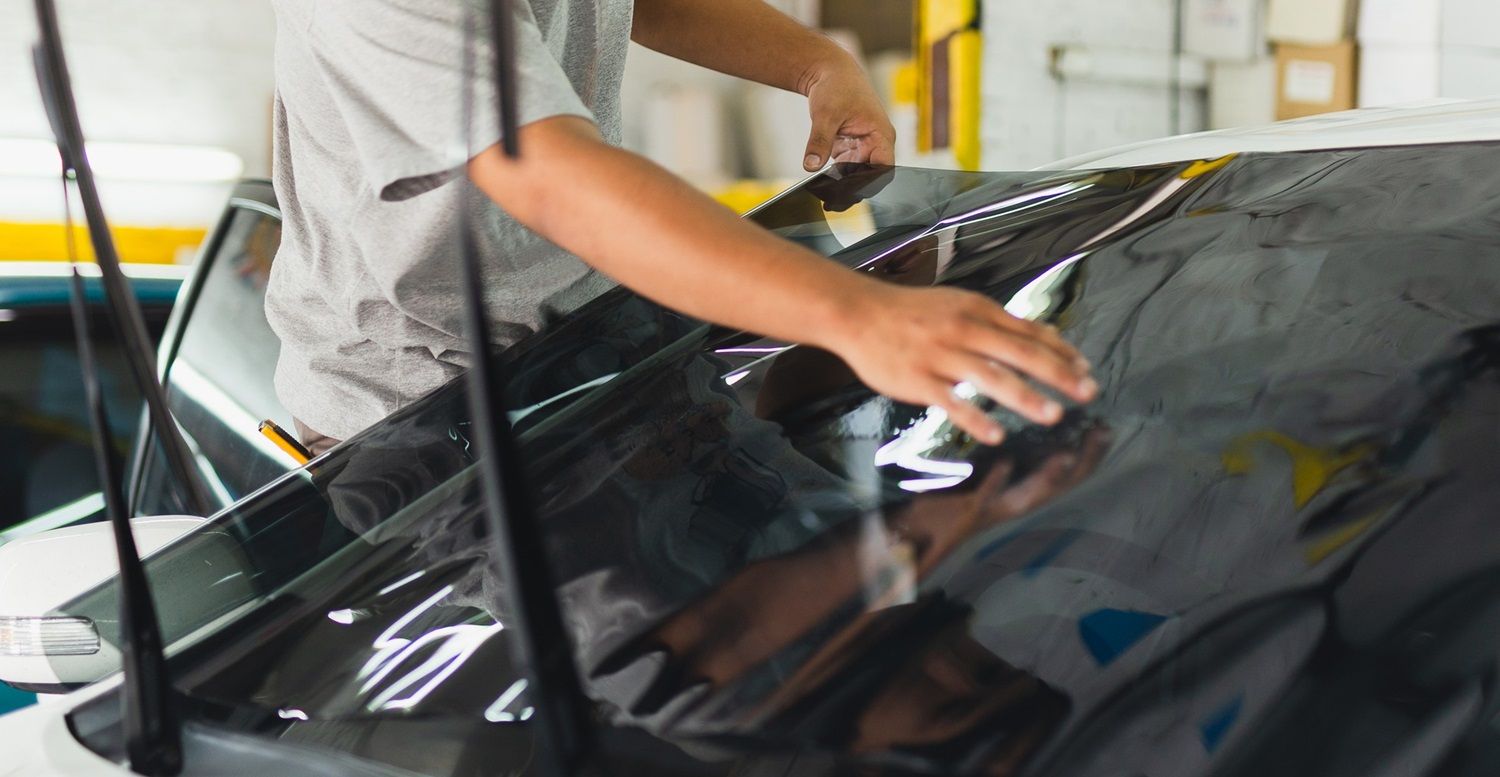
Legal Considerations and State-Specific Tint Laws
While window tinting has its benefits, it's crucial to consider the legal aspects. Different states have different laws regarding the darkness of window tints.
For instance, some states allow darker tints, while others have stricter regulations. Non-compliance can result in fines or even legal penalties.
Here are some examples of state-specific laws:
- California: Front side windows must allow more than 70% light in.
- Florida: Front side windows must allow more than 28% light in.
- New York: Front side windows must allow more than 70% light in.
Always check your local laws before deciding on a tint level.
Choosing the Right Tint Level for Your Car
Choosing the right tint level for your car is a balance between aesthetics, functionality, and legality. It's not just about how cool the tint makes your car look.
You also need to consider practical aspects. These include how much sunlight you want to block, how much privacy you need, and how the tint affects your visibility while driving.
Remember, the darker the tint, the less light it allows in. So, a very dark tint might look great, but it could also reduce your visibility, especially at night.
Professional Installation vs. DIY Tinting Kits
When it comes to window tinting, you have two main options: professional installation or DIY kits. Professional installation ensures a perfect fit and finish, but it can be more expensive.
On the other hand, DIY kits are cheaper, but they require a steady hand and patience to avoid bubbles and creases.
Maintenance and Care for Your Window Tint
Proper care can extend the life of your window tint. This includes cleaning with a soft cloth and non-ammonia cleaner to prevent scratches and fading.
Avoid rolling down tinted windows immediately after installation. This allows the tint to fully cure and adhere to the window surface.
Conclusion: Balancing Aesthetics, Functionality, and Legality
Choosing the right car window tint involves a balance. You must consider aesthetics, functionality, and legality.
Remember, the perfect tint for you is one that meets your needs, enhances your driving experience, and complies with local laws.
If you'd like to learn more or see how Solartex Window Tinting can help you achieve your desired tint levels, contact us today for a free estimate!


